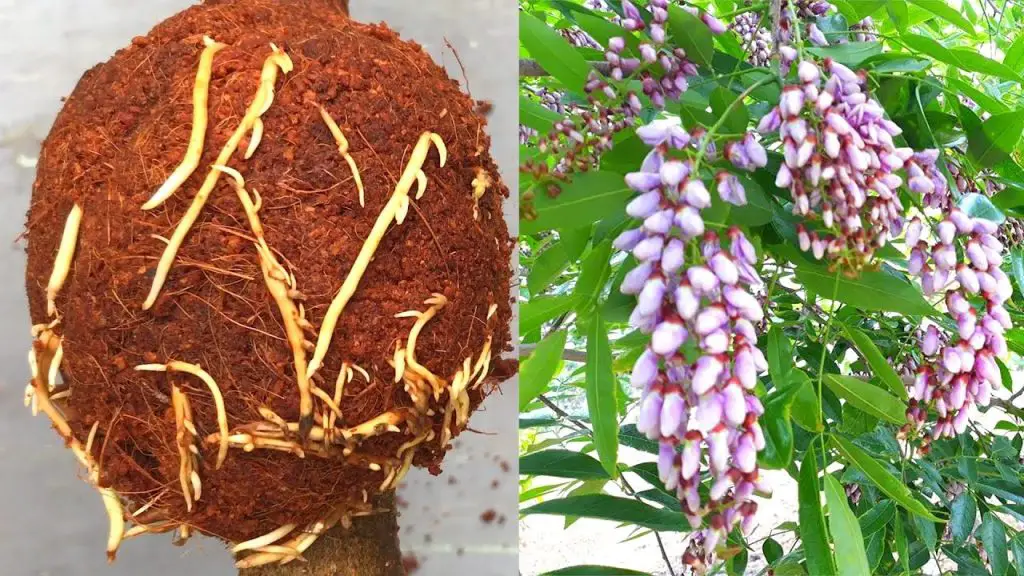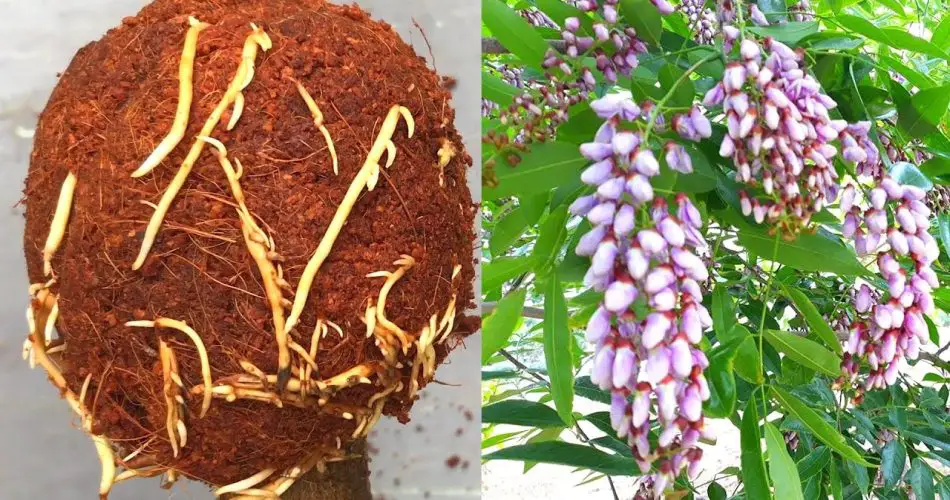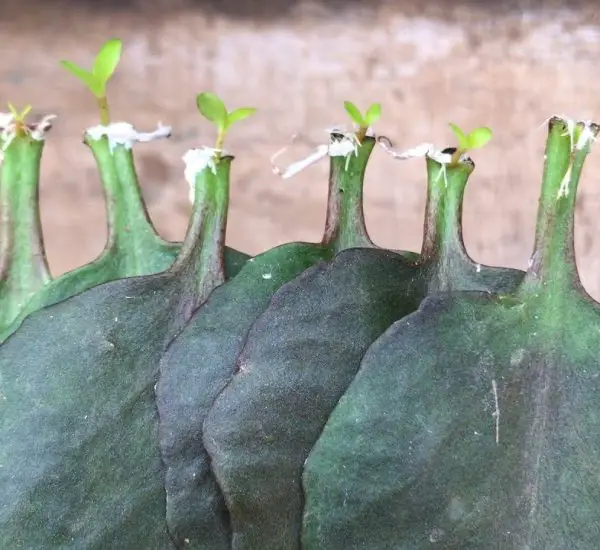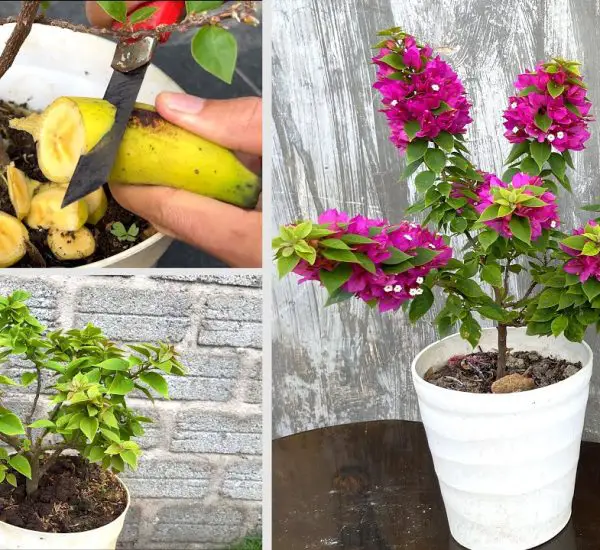Extracting coconut fiber, also known as coir, is a valuable process for various gardening and crafting purposes. This fibrous material, found between the hard shell and the outer coat of coconuts, is excellent for soil conditioning and making eco-friendly products. Here’s a step-by-step guide on how to extract coconut fiber quickly and efficiently.

1. Gather Your Materials
Before you start, make sure you have the following tools:
- Mature Coconuts: Look for fully matured coconuts, as they contain the best quality fiber.
- Hammer or Mallet: To break open the coconut shell.
- Knife or Machete: For cutting the outer husk.
- Water Source: To soak the coconuts if necessary.
- Basin or Container: For collecting the fiber.
2. Prepare the Coconuts
Remove the Husk
- Soaking: If the coconuts are dry, soak them in water for 1-2 days to soften the husk.
- Husk Removal: Use a knife or machete to carefully cut through the outer husk. You can also use your hands to pull away the fiber once it’s loosened.
Break Open the Shell
- Cracking the Shell: Use a hammer or mallet to tap around the equator of the coconut until it cracks open.
- Extract the Meat: Remove the coconut meat, as this can be used for cooking or other purposes.
3. Extracting the Fiber
Manual Extraction
- Separate the Fiber: Take the coconut husk and pull apart the fibers by hand. This method allows for more control and ensures that you get all the fiber.
- Rubbing Method: If the fiber is tough, you can rub it against a coarse surface or use a scraping tool to help separate it from the husk.
Mechanical Extraction (Optional)
For larger quantities, consider using a mechanical extractor:
- Coir Extracting Machine: If available, these machines can speed up the process by quickly separating the fiber from the husk.
- Commercial Options: Look for coir extraction services if you need large amounts of fiber.
4. Cleaning the Fiber
After extraction, it’s essential to clean the fiber:
- Rinsing: Rinse the extracted fiber in water to remove any remaining coconut meat or dust.
- Drying: Spread the cleaned fiber out in a sunny area to dry completely. This prevents mold and preserves quality.
5. Storage
Once dried, store your coconut fiber properly:
- Containers: Keep the fiber in breathable containers or bags to prevent moisture buildup.
- Location: Store in a cool, dry place to maintain its quality for future use.
Conclusion
Extracting coconut fiber can be done quickly and efficiently with the right tools and techniques. Whether you’re using it for gardening, crafting, or other purposes, following these steps will help you maximize your yield and quality. Start your extraction process today and enjoy the benefits of this versatile natural resource!



